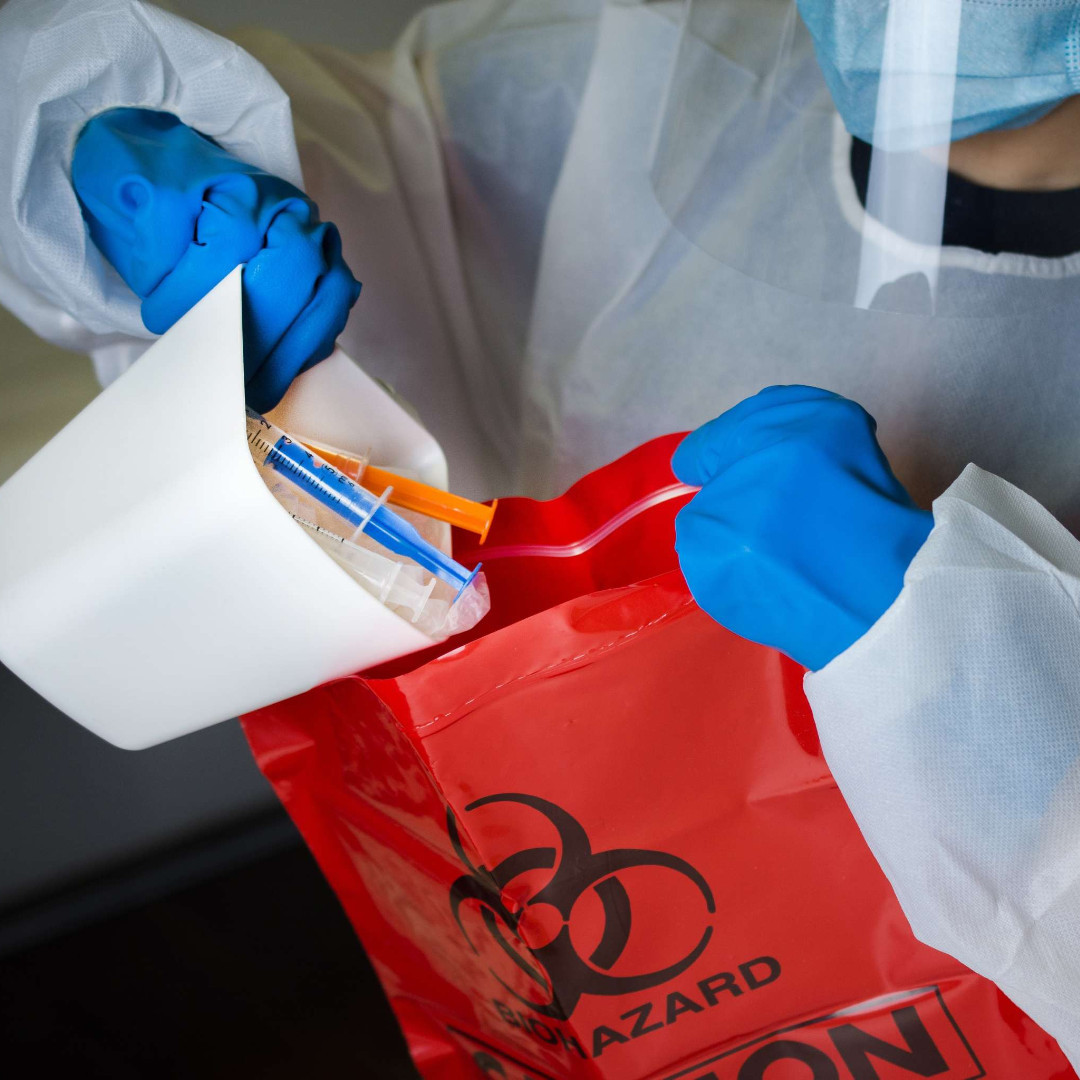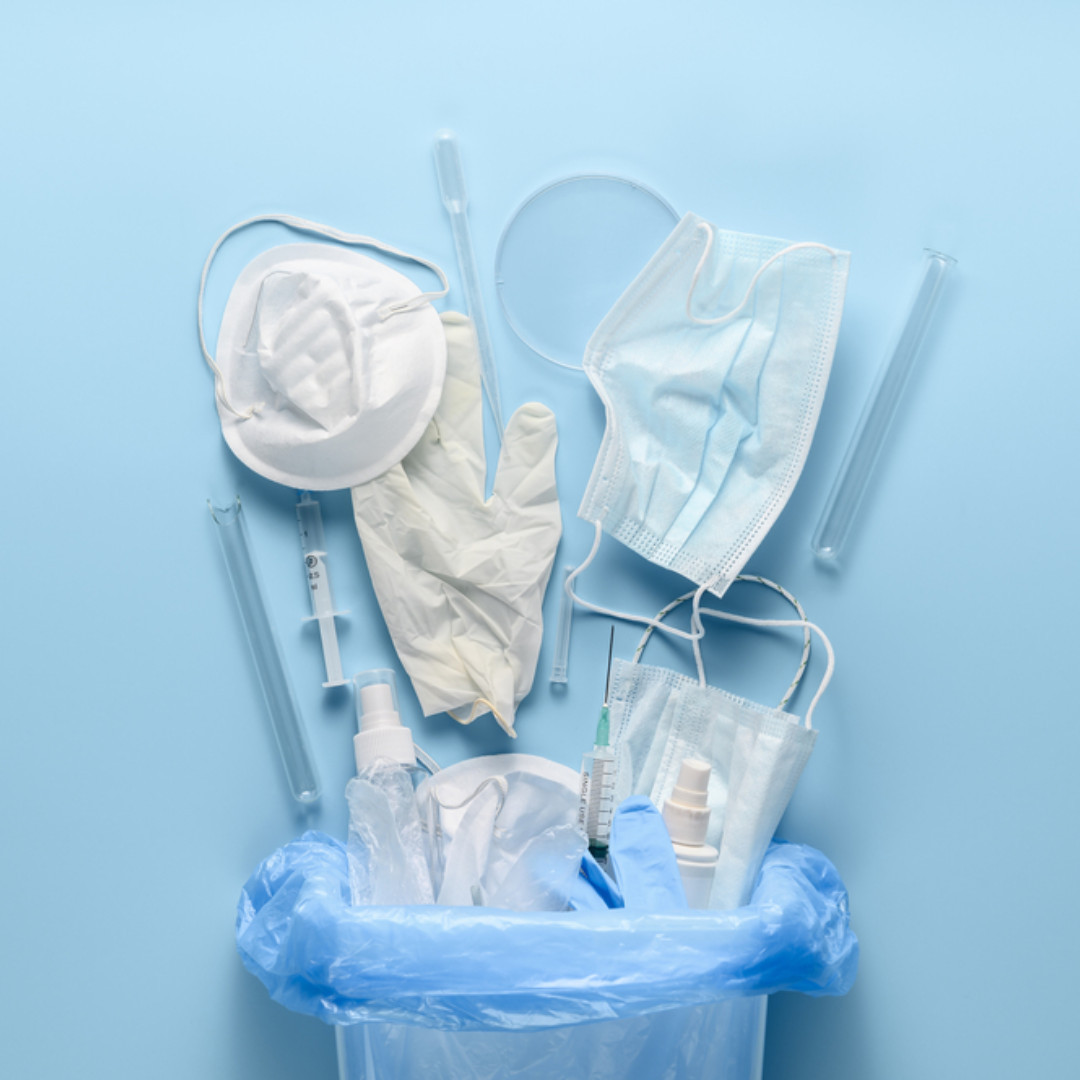When it comes to biomedical wastes, sharps are the most difficult when it comes to proper disposal. Whether the handling, dumping or cleaning, there is no waste harder to handle than the sharps. With ridiculously sharp edges that always pierce the handler in one way or the other, you end up having the hardest time dealing with them.
Why is proper disposal important?
With over 16 billion injections administered worldwide every single year, sharps are heavily used. Injections with contaminated needles and syringes in low – income and middle – income countries have reduced substantially in recent years, partly due to efforts to reduce the reuse of injection devices. Despite this progress, in 2010, unsafe injections were still responsible for as many as 33 800 new HIV infections, 1.7 million hepatitis B infections, and 315 000 hepatitis C infections.
A patient who experiences a single needle stick injury from a needle used on an infected source patient has risks of 30%, 1.8%, and 0.3% respectively of becoming infected with HBV, HCV, and HIV. These add up to be quite hazardous over the long run.
Who is the most at risk?
Additional hazards occur from scavenging at waste disposal sites and during the handling and manual sorting of hazardous waste from health-care facilities. These practices are common in many regions of the world, especially in low- and middle-income countries. The waste handlers are at immediate risk of needle-stick injuries and exposure to toxic or infectious materials. This could lead to large outbreaks of the disease which can end up with a pandemic-like scenario.
In the year 2015, a joint assessment by the World Health Organization (WHO) and the United Nations Child and Education Foundation ( UNICEF ) found that just over half (58 %) of sampled facilities from 24 countries had adequate systems in place for the safe disposal of health care waste. This leaves a major part of the world still lacking perfect medical systems.
What are the types of sharp waste?
The types of sharps that might come out of a hospital include hypothermic and blunted needles, disposable blades, broken and/or contaminated glass, microscope slides, ecrtain medical tubes, and some plastics.
What are the main concerns with sharps disposal?
Sharps are quite dangerous for a few reasons. These are:
They are sharp:
As the name implies, they are quite sharp and prone to cut skin. This makes them quite a hassle to handle without any protective equipment. This also makes them quite prone to cutting bags and other simple containers. So making sure you dispose of the sharps into an appropriate container as soon as possible will not just save you from a few cuts but also simplify the final disposal process.
They tend to carry pathogens:
Most sharps would have been administered to a sick patient or an infection. This makes them a source of infection. This would not be as much of a problem if not for the fact that they also cut skin.
This makes the used sharp a dangerous tool to be left without proper disposal. When diseases like HIV can be transmitted by the re-use of a syringe, disposing of these as soon as possible is absolutely mandatory.
Government requirements:
The medical bodies of most governments across the globe require you to have some degree of sterilizing or even complete disposal of syringes and other sharps.
So the final reason for proper disposal of your sharps would be to adhere to government regulations and your Hippocratic Oath.
Disposing of tonnes upon tonnes of medical waste is not an easy process. With the involvement of machines, they minimize human contact and hence prevent and spread of infection and the maintenance of decorum. Wherever you are in America you can get the perfect sharp disposal service.
Always remember that the right disposal can save more than one life.
This post, Why Proper Disposal Of Sharps Is Really Important?, was shared by Youth Incorporated on December 20, 2020.











